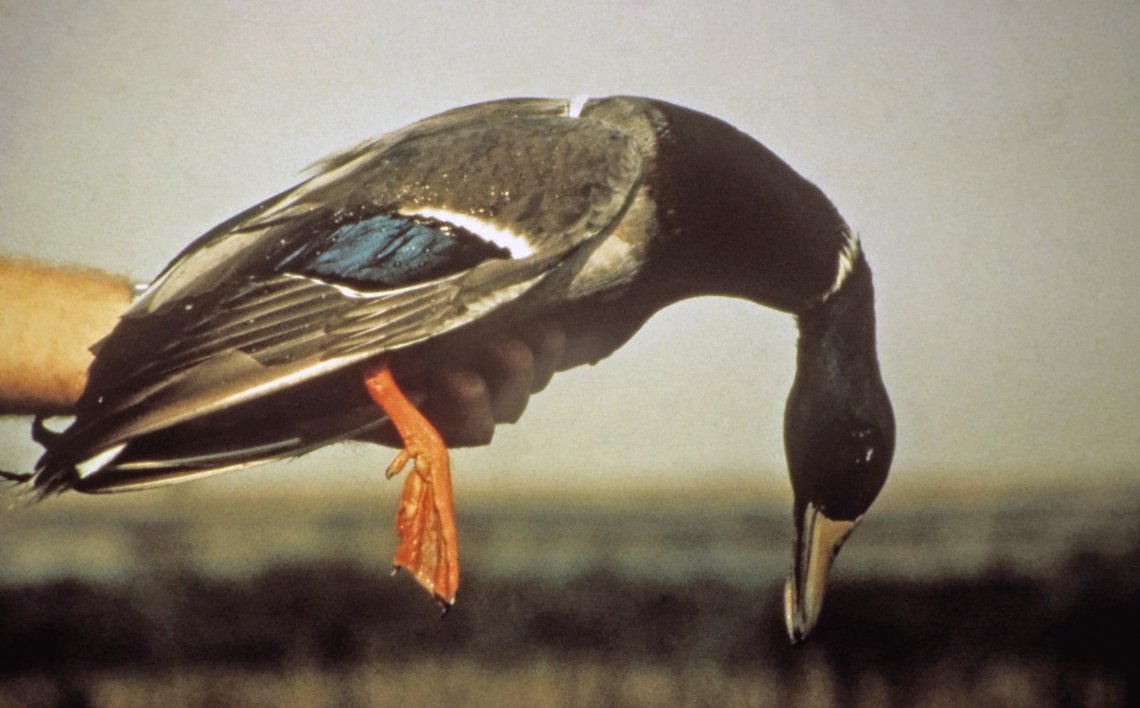Wildlife Health Diseases affecting Idaho's wildlife
About Avian Botulism
Avian botulism is caused by the ingestion of a toxin produced by the bacteria, Clostridium botulinum type C. Avian botulism outbreaks are most common in August, September, and October throughout North America when conditions are favorable for bacterial growth.
Commonly Affected Species:
Signs Of Disease
Toxins produced by C. botulinum cause paralysis in birds which is often referred as “limber neck”. Paralysis usually starts in the legs and wings, then progresses to the neck, making it difficult for birds to hold up their heads. Since the birds can’t hold up their heads, the most common cause of death from botulism is drowning. Birds that do not drown usually eventually die of respiratory failure.
Where is Disease Found?
The bacteria that cause botulism is found throughout North America, except Alaska. It has been documented in many species of waterfowl in Idaho.
How Can I Protect Myself?
Botulism type C is not a usually a human health concern. The botulism types that usually adversely affect humans are types A, B, E and F. Wear personal protection equipment when handling sick, injured or dead birds.
Samples to Collect
If there is concern about this condition, contact a conservation officer or an Idaho Department of Fish and Game Regional Office. Appropriate samples can be collected for testing if deemed necessary.
Can I Eat The Meat?
Although thorough cooking destroys botulism toxins in food, meat from birds that die of botulism is not appropriate for human consumption.
What is IDFG doing to help manage this disease?:
Idaho Department of Fish and Game monitors waterfowl populations and conducts surveillance to detect mortality events. Manipulation of water levels to avoid warm shallow water is done when possible. Collection of carcasses is done to remove the potential for botulism toxin to develop in carcasses or maggots that develop in rotting carcasses.
How do I learn more about this disease?

